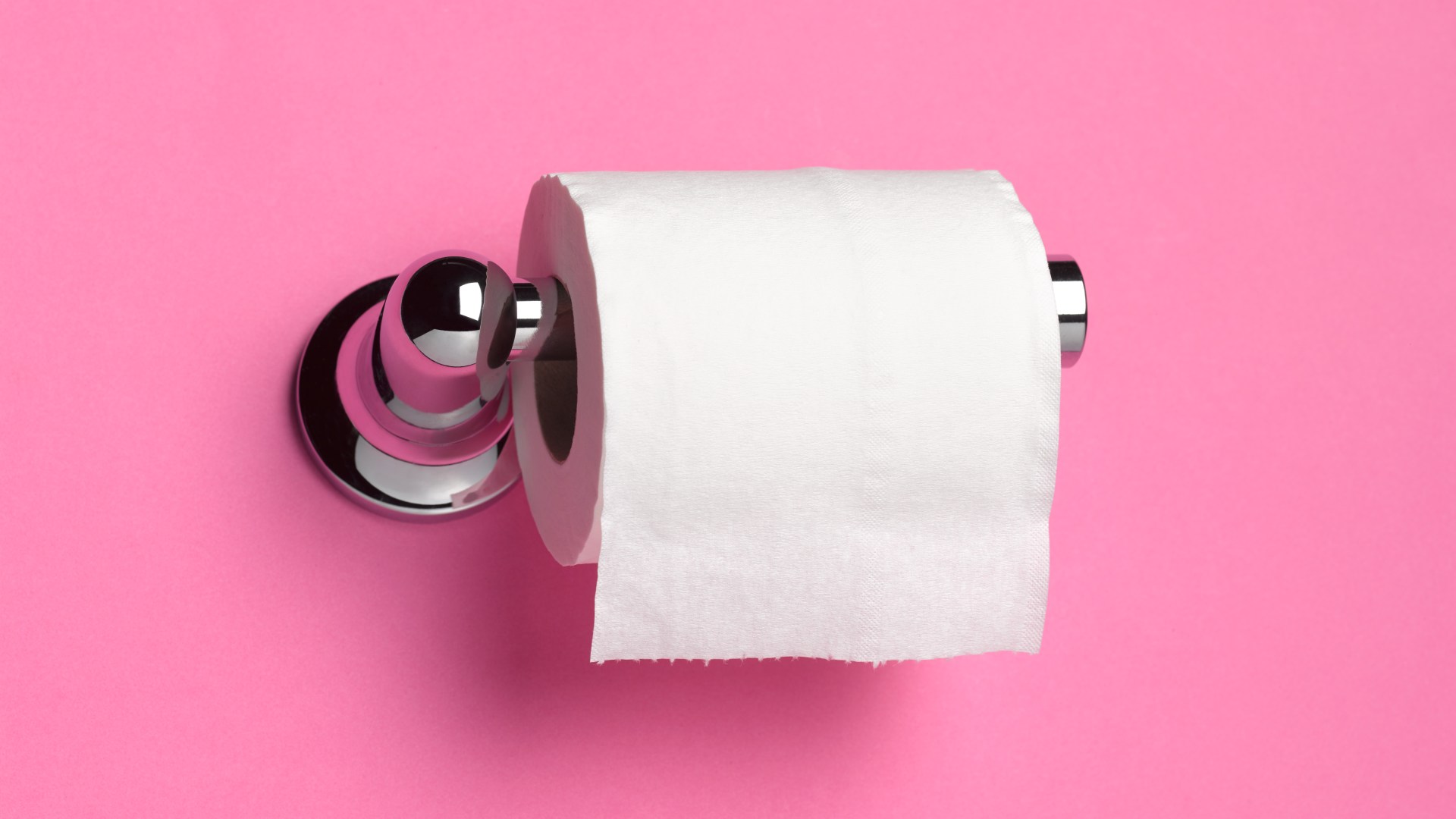
IF you ever go to the loo and what comes out seemingly vanishes without a trace, then you’ve had what’s known as a “ghost poo”.
Similarly, if you’ve wiped your behind and there’s been nothing on the toilet roll, that too is an elusive number two.
Both can be incredibly satisfying, but also rather baffling.
The good news is, experts say they’re both signs your gut is in good health.
Naturopathic doctor Janine Bowring even went as far as to say: “If you have this type of poop, you might just be the healthiest person on the planet.”
It’s unclear where the term “ghost poo” originated, but it’s easy to see how it got its name.
“It’s the poop where you look in the toilet and you think, ‘I’m sure I just pooped, but it’s gone’,” Bowring said.
“You even wipe and you’re like, ‘I thought I pooped, I don’t see anything’.”
The author and mum-of-five, who goes by @j9naturally on TikTok, reckons there is a simple explanation.
“Well, you probably have enough fibre,” she said in a short video on the app.
The Canadian added that a ghost poo can also mean you’re getting enough essential fatty acids in your diet, such as omega-3 and omega-6.
Dr Philippa Kaye, an NHS GP, agreed that faeces passing without trouble is an indicator of good health.
She said: “Stool which is easily passed without straining yet isn’t too loose can be a healthy stool as it is not constipation or diarrhoea.”
Overall, it’s about going regularly and keeping track of any abnormalities, she added.
“A normal bowel habit can range from several times a day to twice a week,” Dr Kaye said.
“The key is to know what is normal for you and to see a doctor if this changes.
“I would recommend that people do look at their stool and the paper to check for blood.”
By being aware of your usual toilet habits, you are more able to spot signs of change, such as symptoms of bowel cancer, one of which is blood in stool.
The Bristol Stool Chart is an easy way to identify any changes – and diagnose certain bowel conditions.
Developed in 1997, it describes seven types of poo and what each one means.
GP Sarah Jarvis said: “Your poo can definitely say a lot about your bowel health.
“The Bristol Stool Chart is widely used by doctors to identify what your poos look like.
“They go from type 1 – very hard pellets, like rabbit droppings – to type 7 – an entirely liquid poo with no solid pieces.
“Types 6 and 7 usually mean you have a tummy bug or an inflammatory bowel problem, whereas types 1 and 2 are much more common and show you’re constipated.
“Constipation is linked to all sorts of other medical problems such as piles, diverticular disease and even an increased risk of bowel cancer if this is a long term issue.
“In the middle is type 4 – a smooth, soft sausage.
“Eating enough fibre, getting regular exercise and keeping your fluid intake up all contribute to this sort of poo.
“You’re likely to be going regularly and not needing to strain.”